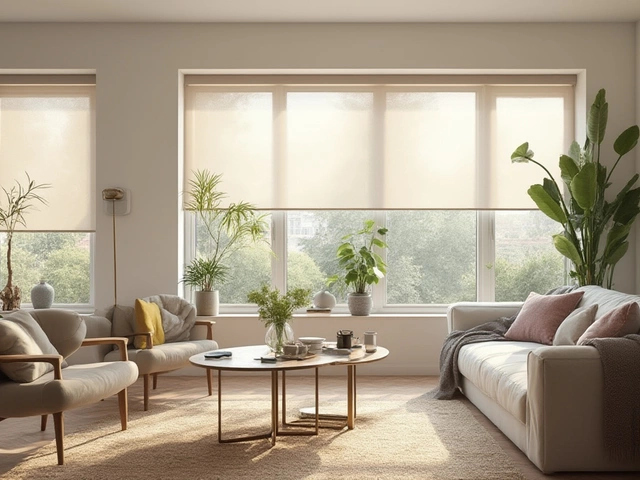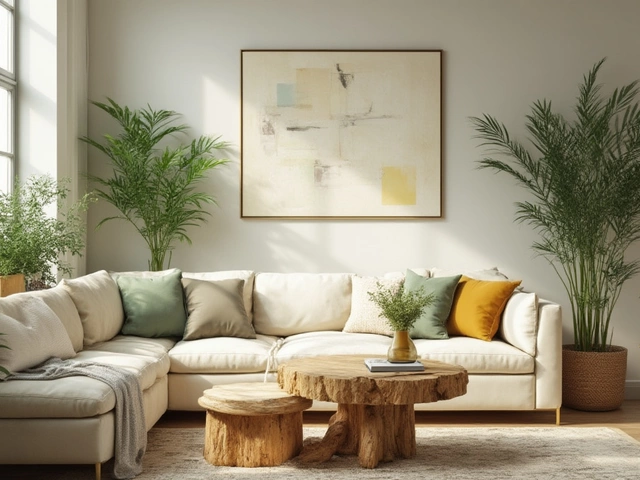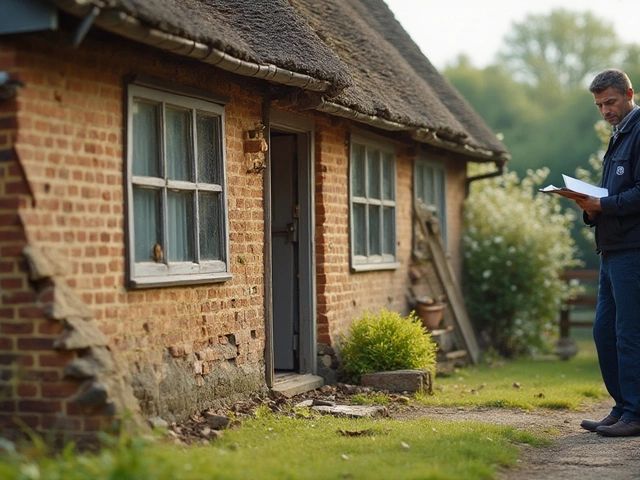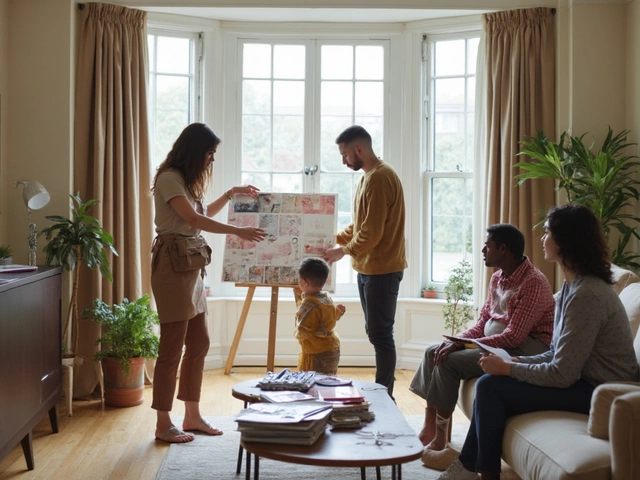
Imagine building a home for less than the price of a new car. Seems crazy? Not anymore. Every year, more people wake up to this simple truth: construction doesn’t have to break the bank. Whether you’ve watched YouTube stories about folks building their dream cabins for under $20k or seen community homes pop up made of dirt and straw, something big has shifted. The materials and methods that used to sound like science fiction are now the main talk at kitchen tables and construction sites. So, what’s really the cheapest building method in 2025? It’s not what you see in those glossy design magazines—let’s get real.
Why Construction Costs Matter More Than Ever
Prices are up everywhere. According to the Building Cost Index, the average price per square foot for a basic home in the US jumped 11% from 2023 to 2025. Even affordable city suburbs now edge close to $200 per square foot. That means a 1,500-square-foot home could easily top $300,000 before you add landscaping or a fancy kitchen. But what’s driving these numbers? Labor is the biggest culprit: skilled trades—like masons and electricians—raised their rates nearly 15% in two years. Materials like lumber had a wild ride in 2024, but cement, steel, and copper kept creeping up. City permits, unexpected land prep, and legal fees all quietly eat the budget, too. Basically, if you want to build cheap, you can’t close your eyes and hope for the best. You have to get tactical about your method, your plan, and every nail and brick.
But here’s the secret: most cost-saving comes down to the method you pick at the start. It’s not just about trimming features after the fact. Early decisions on structure type, foundation, wall systems, and finish will set your whole budget direction. Want an example? Tiny homes boomed because their construction method (usually slab-on-grade, open floorplan, basic wood frame) slashed both labor and material bills. On the other hand, anyone hoping to build traditionally with brick veneer and high-end tile spends 50–100% more. Energy savings also matter. Cheaper building methods tend to lend themselves to low-utility costs over time, which is a win in itself.
Let’s not forget regulations: many cities are now more flexible with container homes, accessory dwelling units, and modular systems than a decade ago. That’s opened the door for regular folks—not just rich investors—to play around with affordable building techniques. And yes, you probably want something that’s not just cheap upfront, but keeps costs low down the road. Who wants to save $40k only to pay double in repairs in 10 years?
The Most Affordable Building Techniques in 2025
If we’re talking about the cheapest building method, you first need to look beyond what homeowners did 20 years ago. Modern innovation, rising labor costs, and climate changes have shaken up the menu. Let’s break down the big hitters:
- Earthbag Building: This technique is exactly what it sounds like—using bags filled with earth or sand stacked like bricks. It’s become a cult favorite for people who want a fireproof, bug-proof, and super cozy home. Materials are often sourced from your own land, driving materials cost down 60–80% compared to wood or brick. A famous Arizona earthbag dome house built in 2024 cost just $35 per sq. ft, fully finished.
- Shipping Container Homes: Once just for hipsters and tiny home fans, container houses now make up a full 7% of new builds in Western states. Containers can be bought for as little as $3,000 each, and stacking/modifying them is quick. That means less labor and less downtime. One architect in Portland managed to set up a family home (three 40-foot containers) for under $75,000—including fixtures and solar panels! But insulating right is key or you’ll end up with a steel oven in summer and a freezer in winter.
- Precast Concrete Panels & Modular Kits: Precast concrete lets you literally click homes together, LEGO-style. Factories crank out wall, floor, and roofing pieces that transport straight to your site. Wall up a house in under a week, without fighting rain delays and skilled labor shortages. Modular kits are a close cousin—and these are increasingly flexible in size, layout, and finish. A two-bedroom home in Texas built entirely from modular panels rang up at $110,000 (1,200 sq. ft.) in late 2024. The best part? Nearly zero build waste and strong resistance to pests, weather, and fire.
- Straw Bale Construction: Not just for barnyard daydreamers. Straw bales make fantastic insulators, and cost as little as $10 per bale, with the average home needing roughly 300 bales. That slashes your wall-building expense to the bone while leaving you with a warm, breathable house. In Nebraska, local volunteers finished a 1,000 sq. ft. straw bale cottage for $50,000, with R-values beating most foam-insulated new homes.
- Rammed Earth: This ancient technique is seeing a revival for eco-friendly, long-lasting homes. Soil (with a touch of cement or lime for strength) is pressed into forms layer by layer. Materials cost practically nothing if you’ve got the right soil, and thermal mass helps keep heating bills low. It’s not for wet climates without deep overhangs, but in the desert Southwest, rammed earth cuts construction costs up to 45% over stick-frame.
Check out this table of typical price ranges based on national builder surveys in 2024–2025:
| Building Method | Avg. Cost per sq. ft. | Durability (Years) | Build Time (Weeks) |
|---|---|---|---|
| Earthbag | $30–$55 | 70–100 | 10–18 |
| Shipping Container | $50–$110 | 50–60 | 6–14 |
| Precast Concrete | $80–$130 | 80–120 | 3–8 |
| Straw Bale | $50–$90 | 50–100 | 8–16 |
| Rammed Earth | $60–$100 | 100+ | 10–15 |
| Traditional Wood Frame | $150–$250 | 60–90 | 12–24 |
See those price gaps? Building code limits and climate can impact what actually works for you, but the savings stack up. The cheapest building method is usually the one that fits your local rules, climate, and labor options best. Go with what’s easiest to get approved, what you’re handy with (or can learn), and what nearby pros already know how to fix.
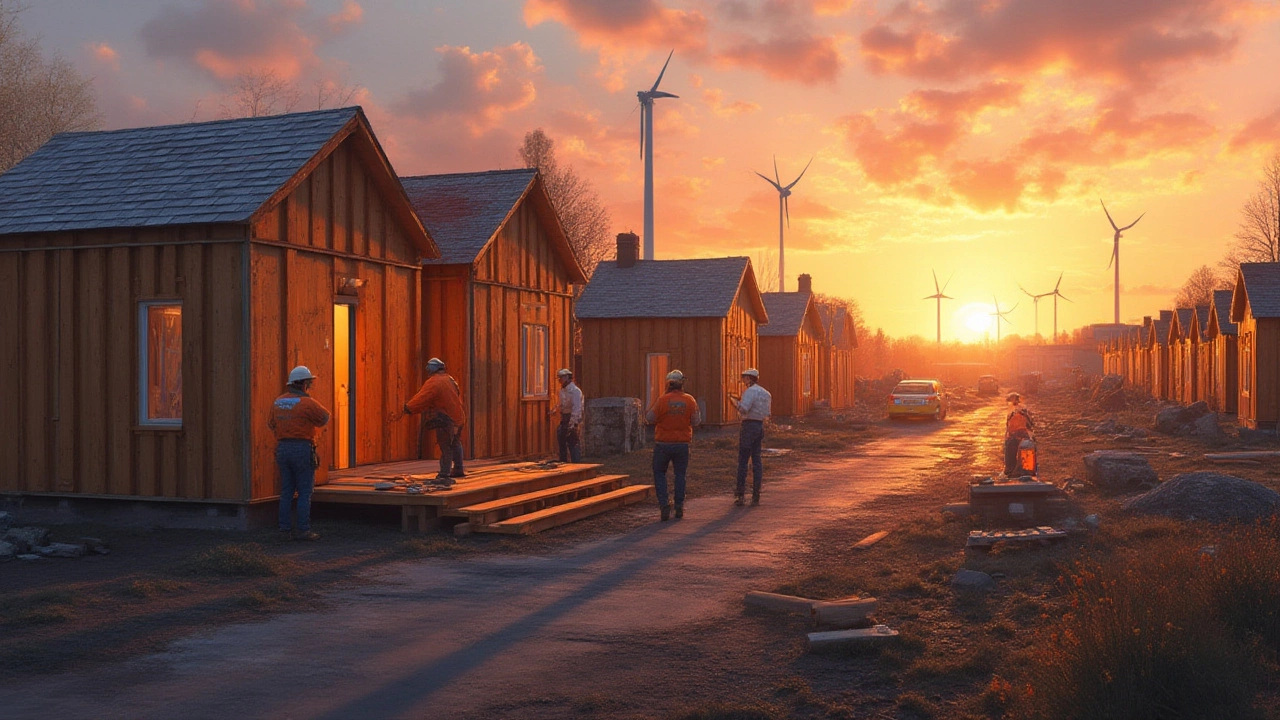
When Cheap Doesn’t Mean Bad: Quality and Comfort on a Budget
Cheap building doesn’t have to mean sacrificing comfort or good looks. The smartest builders in 2025 are blending affordable techniques with smart design. For example, earthbag or straw bale houses often win design contests because of their natural curves and cozy feel. Precast panels, with a little planning, can carry creative window shapes and even modern wood accents.
What’s the catch? Insulation, heating, and plumbing are where budgets get tested. Cutting corners here costs you later. Choose locally appropriate insulation: straw bales shine in cold, dry places but need sweat-proofing in the humid South. Shipping containers need wraparound insulation or special coatings, or you’ll hate the seasonal swings. Rammed earth and earthbag do best in climates where temperature doesn’t swing wildly from hot to freezing night after night. Modular and precast? These can go just about anywhere as long as you plan for moisture barriers and proper venting.
Maintenance is another area where the cheapest method could hurt or help. There’s a reason why old adobe and earth homes stand for centuries in places like New Mexico—they age well if owners follow tradition. Shipping containers, though, can rust out if you don’t keep up with waterproofing and check for condensation problems. Straw bale homes can last a century with solid plaster and a good roof, but one bad window leak can quickly create mold headaches.
There’s also the question of resale value. Yes, you can sell a well-built, code-approved earthbag or straw bale home, but some buyers—and banks—still scratch their heads at anything ‘nontraditional.’ Yet, as more insurance companies and lenders catch up, this bias is fading. In places like California and Colorado, the eco-friendly angle even bumps prices up. Know your market before choosing a method that’s too out-of-the-box if you think you’ll sell soon.
Here are a few tips if you’re thinking of going for one of these more affordable methods:
- Check your city’s building and zoning laws first. Some areas are warm to these systems; others aren’t there yet.
- Look for local builder co-ops or training programs—plenty exist to coach newbies through earthbag or straw bale walls, for example.
- Mix and match materials. Many successful homes use a hybrid foundation, like concrete slabs with straw bale walls and steel roofing.
- Be practical about energy use. Thick walls save on heating and cooling, but cheap windows and poor ventilation will wipe out those gains.
- Plan for the long term. If a method needs constant touch-ups or only lasts 20 years, those long-term costs add up.
So, cheap isn’t bad. With a little extra design effort and a practical attitude, you can live in a home that’s both affordable and genuinely comfortable, today and decades from now.
Smart Ways to Push Costs Lower: Real-World Tips and Stories
If you’re serious about saving money while building, look at what trailblazers have actually done. Ever heard of a community building party? In rural Texas last spring, 14 families got together, bought discounted concrete forms as a group, and swapped labor. They cut their wall costs by 28%. In Oregon, a retired firefighter built his entire earthbag house with friends by offering classes (they paid to learn, he got labor). His final out-of-pocket? Just $37,000 for a 900-square-foot cottage, which he rents out for more than his mortgage.
Bulk buying is a solid move. If you build modular, try to order windows, doors, and roof trusses with neighbors—most suppliers drop prices by 10% or more when you buy in quantity. Some people source rejected but still sturdy beams, brick, or tile from commercial site leftovers or ‘reuse’ warehouses, slashing finish costs. Craigslist, Facebook Marketplace, and salvage yards are treasure troves for people who aren’t picky about slightly odd colors or sizes.
Simple design pays off too. Ever notice those tiny homes and starter houses with perfect squares or rectangles? Every corner, jog, or bump you add pushes costs up in labor and wasted material. Two-story boxy shapes nearly always come in cheaper for the same square footage than sprawling ranch layouts, just because you’re doubling up on the foundation and roof area instead of spreading out.
Here are some more strategic moves that real folks use in 2025 to shave even more off their build costs:
- Minimal foundation: Concrete slab-on-grade is far cheaper than crawlspaces or full basements. And it works with most affordable wall systems.
- DIY (where legal and practical): The sweat equity approach can easily hack labor costs by 30–50%. Even if you just handle painting, basic carpentry, or landscaping, the savings are real.
- Standardize dimensions: Using standard 4-foot or 8-foot panels, beams, and windows means less custom cutting, less waste, and much lower prices from your suppliers.
- Buy plans, not custom: Picking from pre-drawn building plans saves thousands in design fees and usually means easier city approval.
- Build energy smart from the start: Good orientation for sunlight, smart overhangs, and compact floor plans lower your ongoing bills more than costly high-tech add-ons later.
- Phased construction: Add-on spaces or extra bedrooms after you’re first moved in, using simple connectors or prepped plumbing lines.
- Sweat the finishes last: Move in with minimal trim, plain plaster, or exposed concrete flooring. Add fancy details in a year or two as you save up.
- Barter for skills: Trade what you know for what you need—graphic design, garden help, or car repairs can sometimes get you real work from local trades.
Always check references on used materials and people offering too-good-to-be-true prices. Cheap shouldn’t mean cutting corners that put you at risk. Noise, odor, or water issues are expensive and annoying to fix. Ask anyone who’s ripped out moldy drywall from a ‘bargain build.’
The surge in peer-to-peer building support is big, too. Groups on Reddit, Facebook, and in local communities share build logs, cost breakdowns, and even volunteer to help with tough jobs. The more you share your progress, the more likely you’ll get a hand when you hit a stubborn step. A couple in North Carolina finished their straw bale home three weeks ahead of schedule after friendly neighbors heard about their project on social media and stopped by to help plaster the walls.
Remember, the cheapest building method is not just about material prices, but how you blend smart choices, a clear plan, a little help from friends, and the right method for your land and life. There’s no “one size fits all,” but with some honesty about your budget, a realistic view of your own skills, and a willingness to get hands-on, building affordably isn’t a wild dream anymore—it’s what the clever are doing right now.

